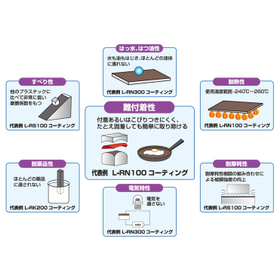Regarding fluororesin lining, 'suitable substrate design'
Introducing the basic substrate design for applying lining (thick film)!
We will introduce the design of the base material suitable for fluororesin lining. This is the basic design of the base material when applying lining (thick film). Please also refer to it for coating (thin film). For the "corner sections," it is ideal to finish with a radius of at least 4R, and preferably 10R or more if possible. If the inner radius is small, increasing the film thickness will make it more susceptible to the thermal shrinkage of the fluororesin. At the "welded sections," it is necessary to weld all joints (both inside and outside). Additionally, if attaching pipes or similar, all joint areas on the coating surface must be welded as well. Unevenness in welding is not an issue as long as the weld is smooth. Please note that pinholes in the weld are not acceptable. If you consult with us before the design phase, we can provide suitable fluororesin lining. *For more details, please refer to the external link page or feel free to contact us.
- Company:YMM コーティング事業部
- Price:Other






![[Case Study] Fluororesin Coating in Such Places](https://image.mono.ipros.com/public/product/image/33a/2000428318/IPROS08939554748196958500.jpeg?w=280&h=280)







